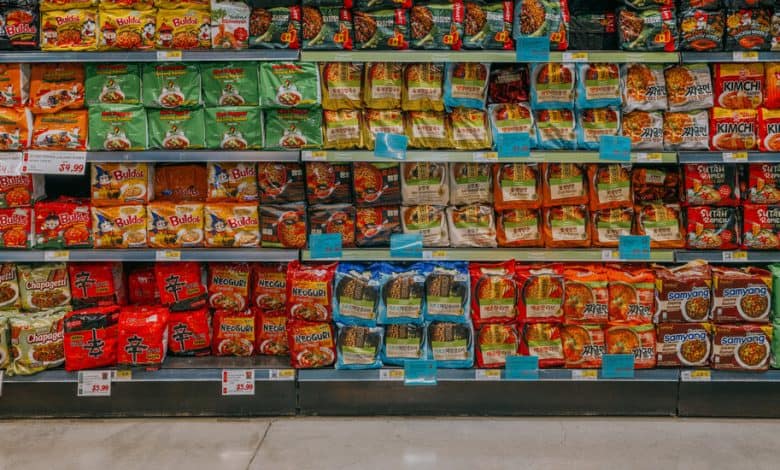Don’t Call It an ‘Ethnic’ Grocery Store

Last year, Americans bought a half a billion packets of Shin Ramyun, the spicy, beefy Korean instant noodle. The bold red-and-black packaging feels inescapable: It’s a staple of college dorm rooms, bodegas, middle-of-the-country Walmarts and viral TikTok videos.
But 30 years ago, the noodles were largely unknown in the United States. No grocery store would stock them, said Kevin Chang, the director of marketing for Nongshim, Shin Ramyun’s parent company. Except, that is, for a few small Korean grocers, including a fledgling shop in Woodside, Queens, called H Mart.
Recipe: Perfect Instant Ramen
In the 1970s and ’80s, as Asian immigration to the United States soared, grocers like H Mart; Patel Brothers, an Indian grocery founded in Chicago; and 99 Ranch Market, originally focused on foods from China and Taiwan, started in Westminster, Calif., opened to meet the demand for ingredients that tasted like home. These were tiny mom-and-pop shops in suburban strip malls or outer boroughs with large Asian immigrant populations. They weren’t fancy, but they were vital to their communities.
Now, those same shops have transformed into sleekly designed chains with in-store roti machines, mobile ordering apps and locations across the country — all aiming to serve the fastest growing ethnic group in the United States and the millions of others who now crave flavors like Shin Ramyun, chili crisp, chaat masala and chai.
